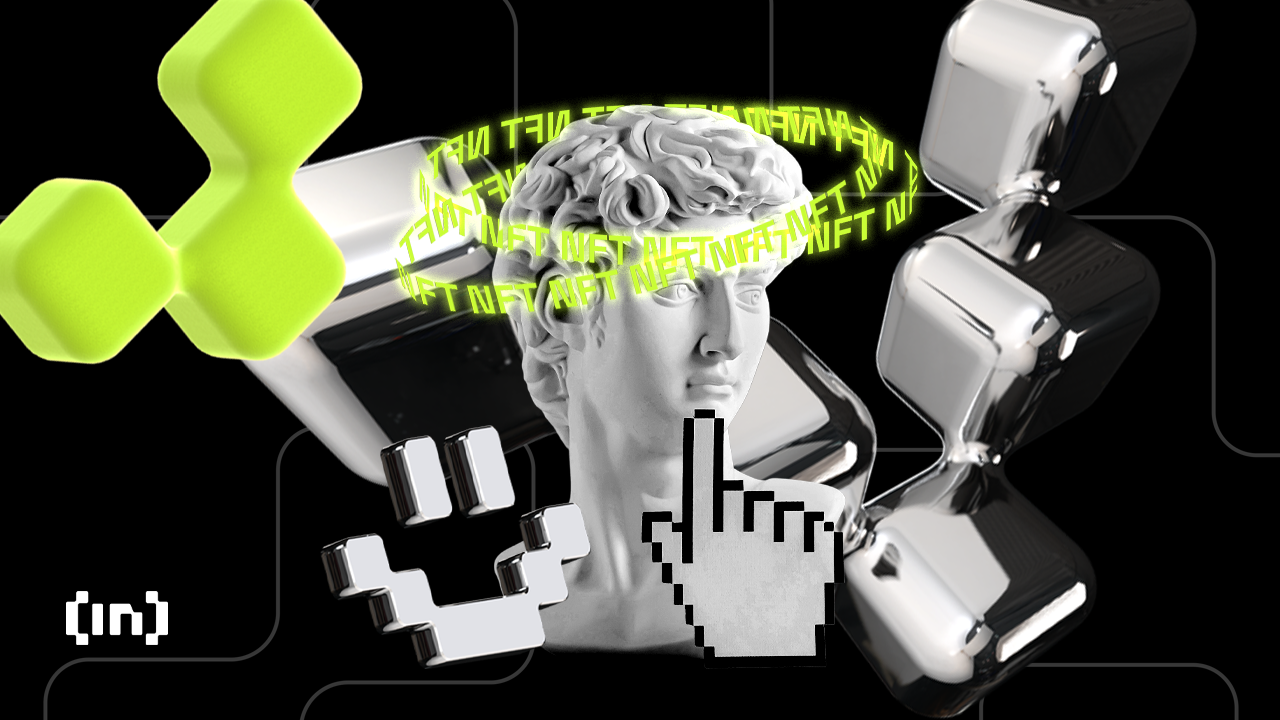Tech giants such as Amazon, Google and Microsoft have a strong hold on today’s internet. It’s a centralized model that places significant power in the hands of a few large cloud operators. And the scheme has changed the way software is distributed and where data is stored. Users have many advantages, but it is not the utopian vision of the Internet that many hoped for. Web3 has the potential to change that, but developers will need blockchain security tools to ensure long-term success.
What is Web3?
Web3 is a decentralized approach to managing information on the internet. It gives users back control over their data and enables them to profit from their efforts – for example through micropayments or other digital rewards. Web3 comes with a number of practical features enabled by blockchain that bring the concept of digital currency to new applications. And there are many reasons to move towards a decentralized way of doing things online.
Having information resources centralized in the cloud is problematic when the scheme concentrates data to a large target for bad actors. The number of data breaches businesses are suffering from highlights the inadequacy of current defenses and points to the benefits of shifting to a different model. Web3 decentralizes information held on digital ledgers and makes it much more difficult for adversaries to block access to corporate data and hold firms to ransom.
Blocks of data, linked together, can be digitally signed to link records to real stakeholders. And because their integrity is tied up in so-called hash functions, which convert digital data into unique codes, any attempt to manipulate entries means the numbers no longer match. For example, changing just one letter in a novel will produce a completely different hash value, highlighting how effective these functions are at providing an integrity check.
Blockchains also make it possible to write smart contracts – for example, software that pays a commission to the original authors every time a license is activated with digital currency. Tokenization of data transactions paves the way for device owners to offer additional data or data storage capacity to other users and receive revenue. And changes in the method used by nodes on the network to reach consensus mean that blockchain’s energy footprint has been significantly reduced.
Additions to a digital ledger must be verified, and one way to do that was to solve complex mathematical puzzles—an approach called proof-of-work. Such arrangements make it difficult for one actor to dominate and control the decision-making process, because the amount of hardware required is prohibitive. But the approach is energy-intensive and disruptive—for example, the popularity of Bitcoin mining pushed up the price of GPUs and diverted energy from more useful endeavors. Today, consensus is more often achieved via proof-of-stake, where committees on the network risk losing the bulk of their rewards should they be tempted to rig the vote.
Another complaint about the use of blockchains is processing speed. In their original configuration, where each node must be aware of the entire blockchain, the systems are slow. In the time it takes mainstream payment services like Mastercard and Visa to process tens of thousands of transactions, early cryptocurrency systems would have only written a handful of entries to their decentralized digital ledger.
But ecosystems like Near—one of a number of modern blockchain platforms that support decentralized app developers—are borrowing techniques used to streamline the operation of giant databases. Breaking blocks into smaller pieces known as shards reduces the workload of individual nodes and makes protocols more scalable. Nodes do not have to process and store the blockchain in its entirety, but instead can be responsible for only a portion of it. And they can reach out across the peer-to-peer network to other shards when they need more details to complete a task.
Blockchain Security Tools
But as the Web3 infrastructure becomes more established—and popular as a result—it grows as a target for bad actors. Decentralized peer-to-peer networks may be more resistant to attack, but that doesn’t mean security can be put on the back burner. Fortunately, developers can draw on a growing number of blockchain security tools to find and fix vulnerabilities in the apps they create.
Just as you would use static code analysis to support the development of secure software designed for today’s web, users can benefit from tools that also reach into the Web3 domain. Semgrep’s security tool for static analysis, for example, contains rules for smart contracts to warn decentralized financial providers about vulnerabilities that may be in the development code. The firm also has an open-source software scanning engine that can alert Web3 teams of issues arising from third-party integrations.
Consensys provides smart contract testing for customers to help developers ensure apps are ready for launch. Other smart contract auditors include Certik. And AnChain.AI has introduced what it claims is the world’s first Web3 security operations center. Halborn, which completed $90 million Series A funding in July 2022, is a Web3 security firm that works with clients using distributed ledger technology in areas such as finance, application and game development.
Organizations looking to learn more about how to safely take advantage of decentralized finance opportunities, as well as track and understand blockchain activity in more detail, can reach out to a variety of experts. This list includes Chainalysis and Ciphertrace. Over time, blockchain security tools will make the Web3 a safer place to do business. But if companies find themselves caught, it’s good to know that expertise is available to investigate suspicious activity and help trace stolen funds.






















![[100 Emerging Women Leaders] How Tarusha Mittal stormed into the blockchain club [100 Emerging Women Leaders] How Tarusha Mittal stormed into the blockchain club](https://www.cryptoproductivity.org/wp-content/uploads/2022/09/Tarushafinal-1662375506312-120x120.jpeg)


